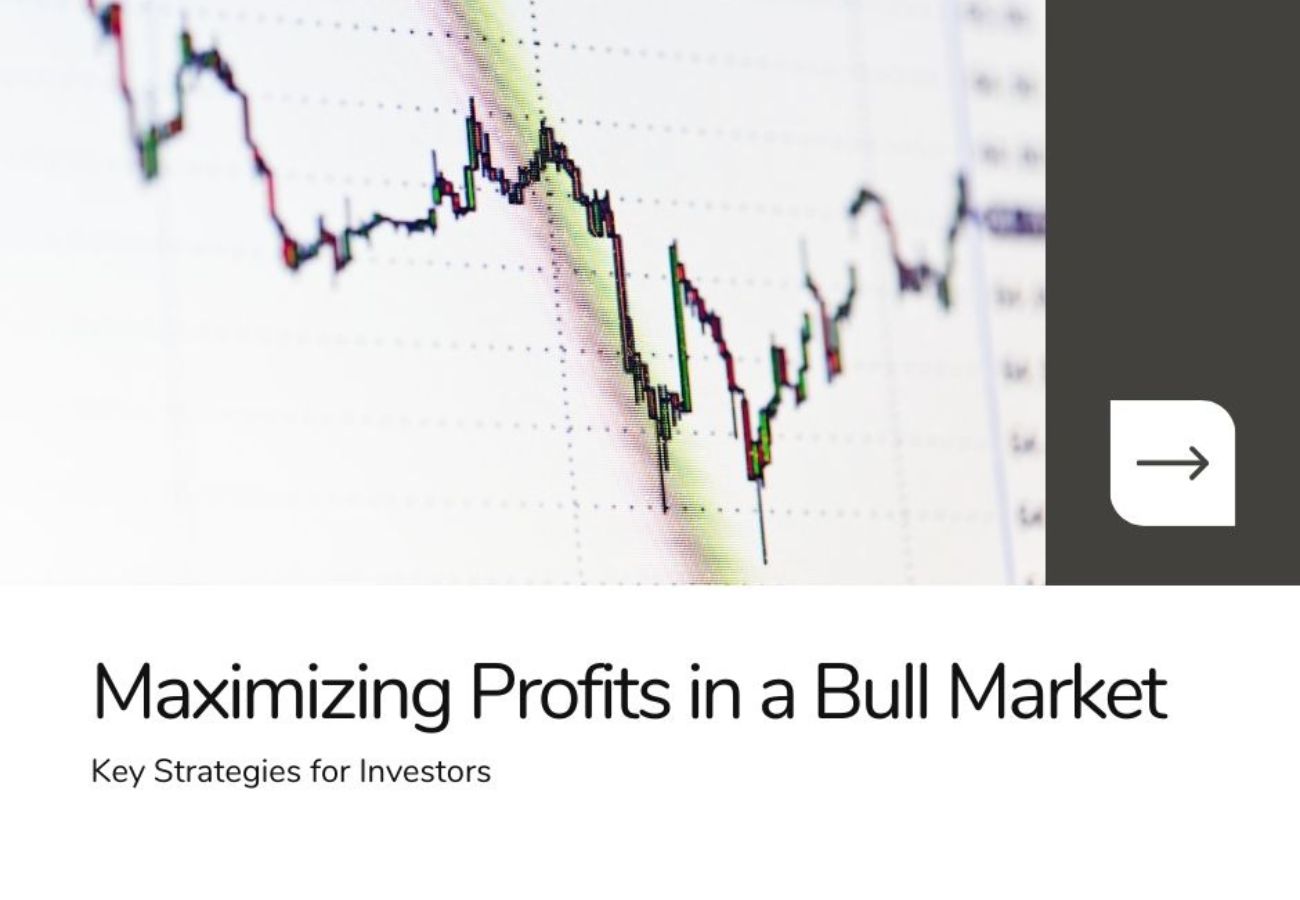Investment Fundamentals in a Bull Market: What You Need to Know
Introduction: In an ever-changing financial landscape, investors are often faced with the challenge of navigating market uncertainties. With the next 12-18 months expected to bring a mix of caution and opportunity, understanding how to strategically approach investments is crucial. This period may see shifts in market sentiment, influencing everything from large-cap stocks to mid and small-caps. It’s essential to stay informed on key sectors to watch, those to avoid, and how to balance risk with the potential for reward. This article will explore effective strategies to help investors make informed decisions and maximize their returns during this dynamic time.
Understanding Market Dynamics: Fundamentals, Earnings, and Sentiment |
|
| Pankaj emphasized that the market is driven by three core factors: fundamentals, earnings, and sentiment. According to him, each of these aspects must be analyzed independently to gauge the overall market trend. | |
Fundamentals |
The fundamentals of the market have recently shown a mixed picture. While the top 500 companies in India have exhibited a growth of around 65%, this growth has been largely driven by the banking and financial services sector, which saw an earning growth of around 19%. In contrast, non-banking and financial companies have shown almost flat earnings. This slowdown in earnings growth, particularly when compared to the 30% growth seen last year, suggests that the market’s broad-based momentum may not be sustained. |
Earnings |
With corporate margins at peak levels, there is limited scope for further improvement. Pankaj anticipates that earnings for the entire year may only grow by around 10-12%, down from 30% last year. This slowdown in earnings growth could lead to a more selective market, where only certain stocks and sectors perform well. |
Sentiment |
On the sentiment front, Pankaj highlighted the strong domestic flows, particularly from SIPs in mutual funds, which have supported the market. However, he also cautioned against the high valuations seen in certain sectors and the risk of market corrections, particularly as global economic conditions evolve. |
The Role of FIIs and Domestic Flows |
|
| Foreign Institutional Investors (FIIs) have been selling off stocks since the budget announcement, and this trend may continue unless there is a significant shift in market conditions. However, Pankaj noted that India’s weightage in the MSCI Emerging Market Index has increased from 5.5% to over 20%, which could attract more FII inflows in the future, particularly if the U.S. Federal Reserve begins to cut interest rates.
On the domestic front, the strength of SIP flows and the growing participation of retail investors have been significant. However, Pankaj warned that many new investors have not experienced significant market downturns, and their short-term orientation could be tested in the event of a correction. |
|
Cautious Optimism: The Need for Selectivity in Mid and Small Caps |
|
| Regarding the mid and small-cap segments, noting that their valuations are currently well above historical averages. While these segments can perform exceptionally well in a bull market, only a small percentage of mid and small-cap companies manage to become large caps over time. Therefore, investors should be careful not to overpay for companies in these segments and should focus on those with strong balance sheets, reliable cash flows, and reputable promoters. | |
Sectoral Insights: Where to Focus and Where to Tread Lightly |
|
| In terms of sectoral focus, We are optimistic about sectors such as auto, specialty chemicals, banking, financial services, pharma, and cement, particularly in the mid and small-cap space. He believes these sectors have the potential for significant growth over the next few years.
On the other hand, he advised caution in sectors where narratives, rather than fundamentals, are driving valuations. Specifically, he pointed to certain Public Sector Undertakings (PSUs), capital goods, infrastructure, and defense sectors as areas where investors should be wary of potential overvaluation. |
|
Global Factors: Navigating a Complex Environment |
|
| The global economic environment remains uncertain, with factors such as interest rate cuts in the U.S., tensions in the Middle East, and geopolitical risks in regions like China and Taiwan all contributing to market volatility. Pankaj stressed the importance of maintaining discipline, managing risk, and focusing on quality investments in such a complex environment. | |
Final Thoughts: The Importance of a Long-Term Perspective |
|
| We concluded by emphasizing the importance of maintaining a long-term perspective in equity investing. He pointed out that over a 40-year period, equities have consistently outperformed fixed-income investments, provided that investors have a horizon of seven years or more. While the market may face short-term corrections, these should be viewed as opportunities for disciplined investors to build positions in high-quality companies. | |
Conclusion
In conclusion, the coming months present a challenging yet potentially rewarding period for investors. With market fundamentals, flows, and sentiments all playing crucial roles, a cautious and well-informed approach is essential. By focusing on quality investments, avoiding overvalued sectors, and maintaining a long-term perspective, investors can navigate the uncertainties ahead. While the market may face fluctuations, those who adhere to disciplined investment strategies, manage risks carefully, and stay patient are likely to see positive returns in the long run. The key is to balance optimism with prudence as the market evolves.
India Defence Mutual Funds: Opportunity or Overhyped Trend |


1 thought on “Investment Fundamentals in a Bull Market: What You Need to Know”